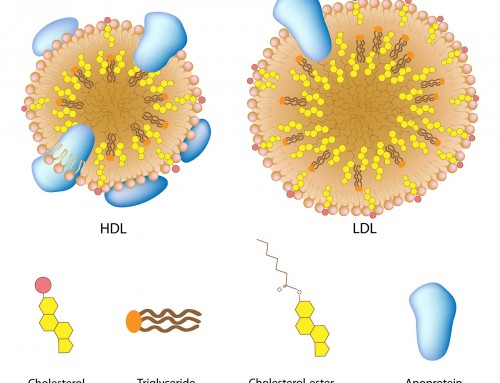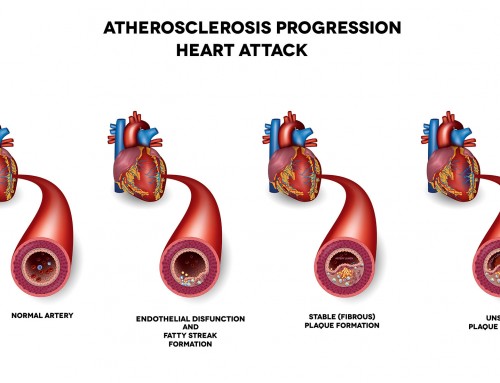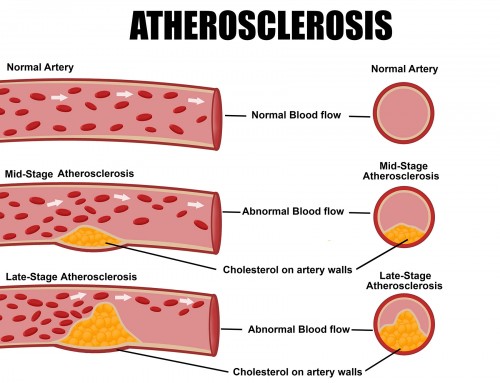What is Hyperlipoproteinemia?
Hyperlipoproteinemia, also known as hyperlipidemia, is a group of disorders characterized by abnormally elevated levels of lipids/lipoproteins in blood.
Due to their water-insoluble properties, lipids combine with lipoproteins in order to be transported through the bloodstream. Elevated lipid and lipoprotein levels can predispose people to atherosclerosis, leading to increased risk of developing cardiovascular disease.
There are five types of hyperlipoproteinemia, each classified based on the density and type of lipoproteins involved.
1. Pure hypercholesterolemia (Type 1)
– characterized by high LDL (low-density lipoprotein) cholesterol and normal triglycerides
2. Familial hyperchylomicronemia (Type 2)
– characterized by normal cholesterol and high triglycerides
3. Dysbetalipoproteinemia (Type 3)
– characterized by high cholesterol and high triglycerides
4. Familial hypertriglyceridemia (Type 4)
– characterized by high VLDL (very low-density lipoprotein) cholesterol and normal triglycerides
5. Mixed hyperlipoproteinemia (Type 5)
– characterized by high VLDL cholesterol and high chylomicrons
Hyperlipoproteinemia can result from primary or secondary causes. The primary causes are specific genetic abnormalities, involving defective apoE binding or apoE deficiency, which affects the normal lipid metabolism. The secondary causes are typically the result of another underlying medical condition that leads to lipid and lipoprotein abnormalities.
References:
National Organization for Rare Disorders. Hyperlipoproteinemia Type III
DNA In the News2017-04-06T21:55:49+00:00




